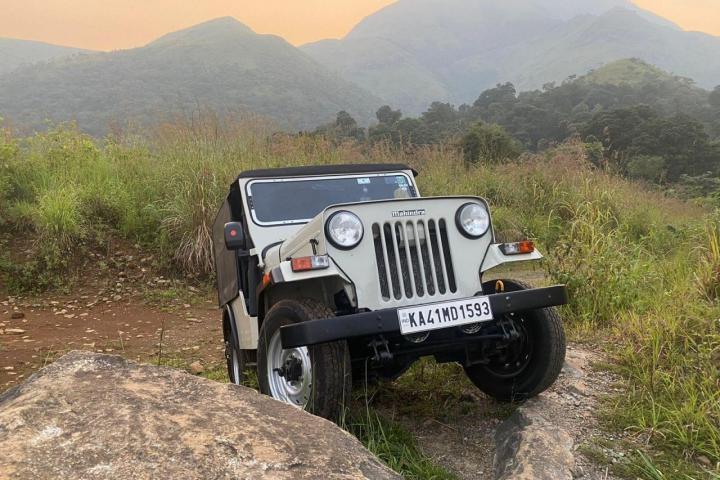News
Dealing with paperwork when it comes to car restoration: How is it done
How on earth (and in Indian context) do guys manage to get the required vehicle paperwork such that the restored vehicle could be put back on the tarmac and driven like regular cars.
BHPian x-o-b recently shared this with other enthusiasts:
Hello fellas,
During my drives to "everywhere" within my small beautiful hilly state, I far too often witness a very respectable off-roader notably and frequently the Gypsy mostly and occasionally the MM 550s, 540s, Commanders, etc., laying on roadsides in dilapidated state simply left to rot there. I invariably stop to look at them and remorsefully drive onward thinking "what a waste". Most of these vehicles, handed over to proper hands, can be restored.
I have read many threads here about how people buy off vintage cars and restore it. The love for these cars alone make me feel like jumping into becoming a professional restorer of old "left to rot" cars. I once planned on joining the ITI for automotive repairs and get a certificate but because I am a 7th grade drop-out, I didn't qualify for the course. Nevertheless, I could still join some automotive repair shops as a helper and learn the tricks of the restoration trade given my passion for such work.
How on earth (and in Indian context) do guys manage to get the required vehicle paperwork such that the restored vehicle could be put back on the tarmac and driven like regular cars. How could the RTO allow registration, fitness validity, insurance, PUC, etc.
Guys who have done so already, kindly shed some light. I am sorry if I didn't search the forum enough for an existing thread on the topic.
Cheers!!
Here's what BHPian boniver had to say on the matter:
So the vehicle is first restored while the documents are either reproduced (duplicate copies obtained from the RTO), or the available documents are submitted to the RTO for renewal. The insurance is usually renewed just before the restoration is complete. Once the vehicle is ready, it is taken for a PUC check, post which it is taken to the RTO for a fitness renewal (which requires a valid insurance and PUC) and tax payment. Once the fitness is renewed and relevant taxes are paid, the RC becomes valid once again and the vehicle is fit to run on the road.
Read BHPian comments for more insights and information.


















